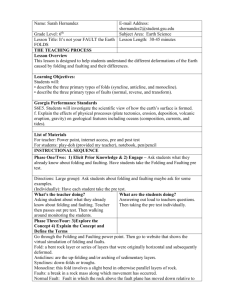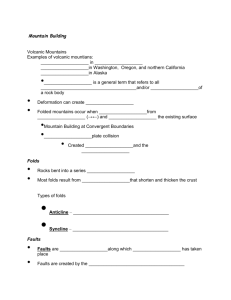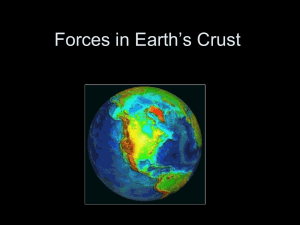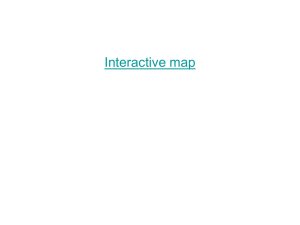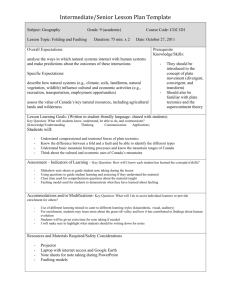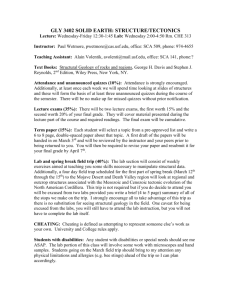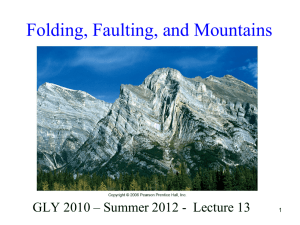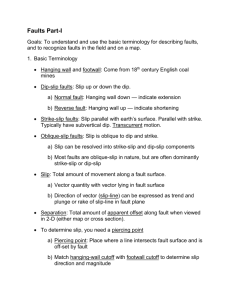Forces in the Earth`s Crust, Guided Cornell Notes Questions, pp
advertisement
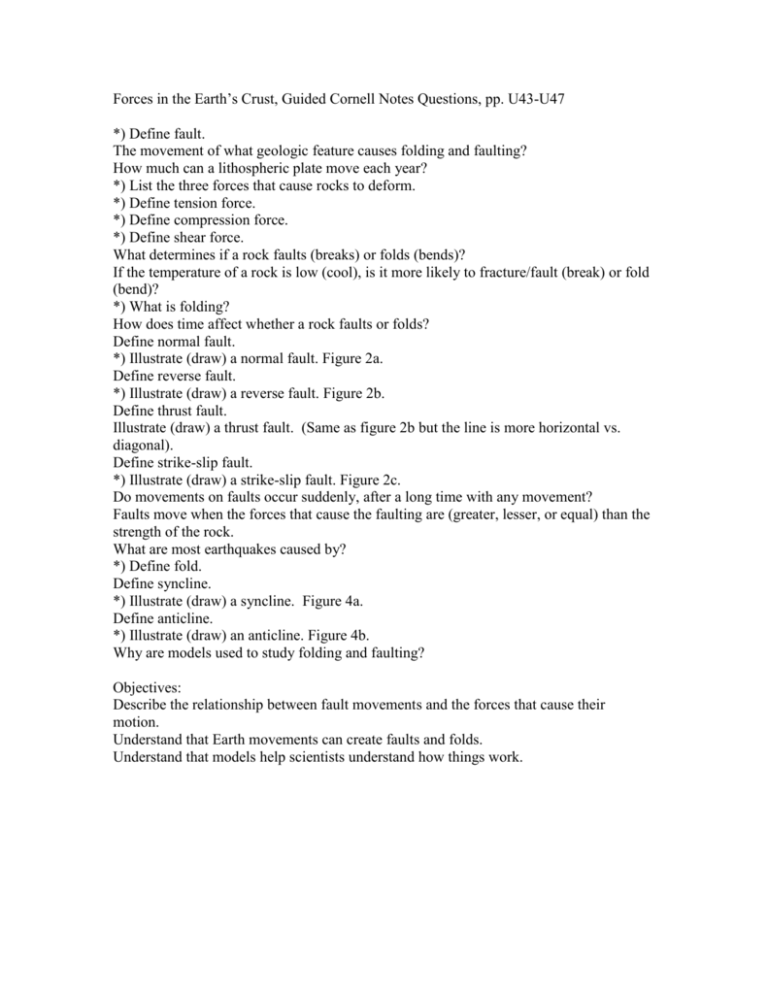
Forces in the Earth’s Crust, Guided Cornell Notes Questions, pp. U43-U47 *) Define fault. The movement of what geologic feature causes folding and faulting? How much can a lithospheric plate move each year? *) List the three forces that cause rocks to deform. *) Define tension force. *) Define compression force. *) Define shear force. What determines if a rock faults (breaks) or folds (bends)? If the temperature of a rock is low (cool), is it more likely to fracture/fault (break) or fold (bend)? *) What is folding? How does time affect whether a rock faults or folds? Define normal fault. *) Illustrate (draw) a normal fault. Figure 2a. Define reverse fault. *) Illustrate (draw) a reverse fault. Figure 2b. Define thrust fault. Illustrate (draw) a thrust fault. (Same as figure 2b but the line is more horizontal vs. diagonal). Define strike-slip fault. *) Illustrate (draw) a strike-slip fault. Figure 2c. Do movements on faults occur suddenly, after a long time with any movement? Faults move when the forces that cause the faulting are (greater, lesser, or equal) than the strength of the rock. What are most earthquakes caused by? *) Define fold. Define syncline. *) Illustrate (draw) a syncline. Figure 4a. Define anticline. *) Illustrate (draw) an anticline. Figure 4b. Why are models used to study folding and faulting? Objectives: Describe the relationship between fault movements and the forces that cause their motion. Understand that Earth movements can create faults and folds. Understand that models help scientists understand how things work.

